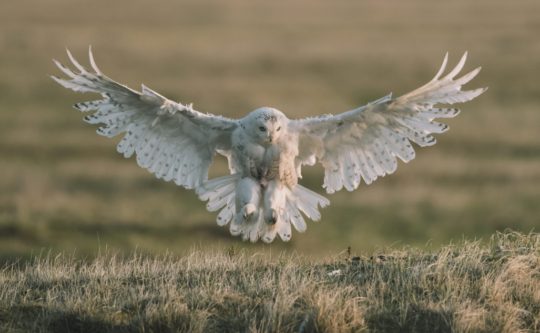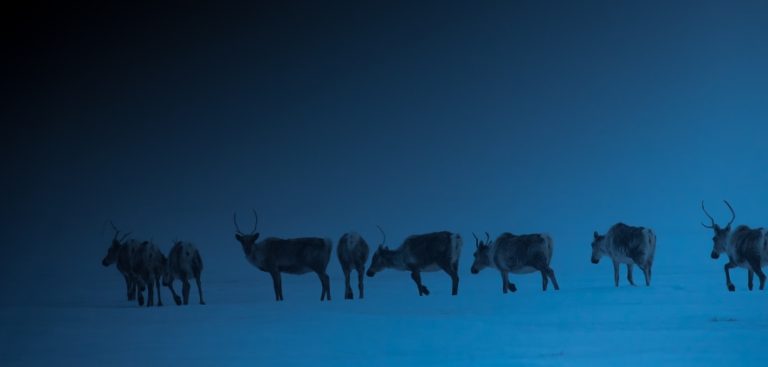
Perspectives on the National Petroleum Reserve – Alaska
Alaska / British Columbia
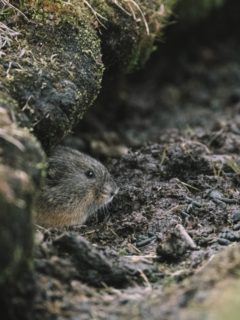
Spring transforms Alaska’s western Arctic with caribou, birds, and color. The Teshekpuk Lake wetlands are a focal point of that annual transformation, which wilderness guide Michael Wald spent a week helping photographers capture in May 2019. Michael, owner of Arctic Wild, shared his perspective on what makes the pictures and the place special.
Michael has guided trips in the western Arctic for more than a decade but this visit “took a terrific pilot, a Super Cub plane that can take off and land in very short distances and some luck,” he reflected. Reached only by flying to the Northeast corner of the 20 million acre National Petroleum Reserve-Alaska — the single largest chunk of public lands in the United States — the weather at Teshekpuk Lake on the edge of the Beaufort Sea is always uncertain.
For this trip, after leaving Deadhorse, the pilot flew more than 100 miles around the lake and found just two possible places to land in the still snow and ice-covered landscape. One spot was the clear choice. Its proximity to a research outpost –a cabin, weather station and outbuildings on the lake’s shore — offered a change from days spent in tents or in the wind, snow, and mud where photographers spent hours trying to get the perfect wildlife shot.
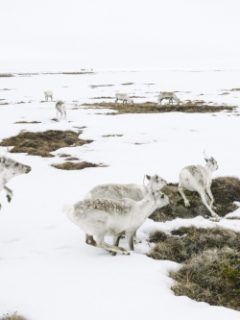
Most people camping in the Alaskan Arctic don’t hope for rain, but a downpour a few days into the trip proved good fortune. “The snow washed away, creating melt ponds that soon filled with geese, cranes, and shorebirds, “ Michael recalled. “If you looked away, then back, another dozen birds appeared out of nowhere. The speed at which things started to arrive once the snow retreated and there was surface water was unbelievable.”
Color arrived next. “The green starts at the base of the sedges, and works its way up the leaves, seemingly right before your eyes,” said Michael. Professional photographers Mario Dávalos and Kiliii Yuyan used those springtime bursts of color to enliven views that can challenge an amateur: this landscape is flat and monochromatic much of the year despite its biodiversity.
Drawing on their patience, experience, and creativity, Dávalos and Yuyan also often opted to marry wildlife close-ups with a perspective that conveys vastness. Snowy owls, cranes, geese, jaegers, and caribou were among the creatures that cooperated; caribou migrated in herds of hundreds past their camp. A large number of them were pregnant cows just days away from calving, who move to stay on the edge of the melting snow so they can take advantage of the fresh green sedge.
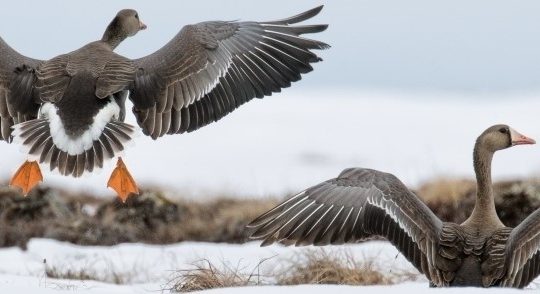
“Ecotourism isn’t a silver bullet, but after I take people to the Western Arctic, they ask what they can do to help protect the place.”
— Michael Wald, Arctic Wild
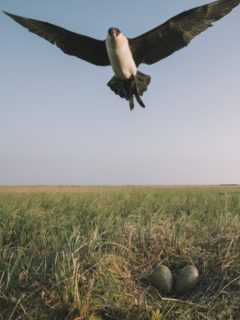
Opening people’s eyes to the abundance and values of special places in the Western Arctic was the reason Michael wanted to get the photographers to Teshekpuk Lake; he was delighted to work with foundations and non-profits to bring the trip to fruition. “This is a place that is legendary among a small group of biologists and ecologists, but largely unknown to the public,” he said. In September, National Geographic published several of the images that resulted from the trip as part of the feature “Alaska’s last vast wild place is open for drilling. Will the birds survive?” Other images are available to the conservation community to help showcase the region’s value and abundance. With the Bureau of Land Management (BLM) considering expanded oil and gas leasing in the area, “we have to help people understand that this is the most important wetland in the entire Arctic,” explains Michael. “I’m not a photographer – in fact, I’m color blind. But I hope the images help keep the BLM honest and accountable for what they are leasing.”
Five days after Michael and the photographers landed, spring had fully arrived. So much snow had melted that three times the original “runway” distance was available, making leaving much easier than arriving. They left behind a vibrant landscape and caribou heavy with calves. The pilot witnessed one of the first births near the lake on his last shuttle out with the photographers and their equipment. This summer – a more forgiving month for travel – Michael will be back in the National Petroleum Reserve-Alaska taking clients to some of his other favorite places, like the Utukok Uplands, Kasegaluk Lagoon, and the Upper Colville River. “My skill set and business is camping, not advocacy,” says Michael. “But I can use that skill set to promote conservation. Ecotourism isn’t a silver bullet, but after I take people to the Western Arctic, they ask what they can do to help protect the place. People return home fired up.” With luck, they’ll share their perspectives on the western Arctic and their photographs with others, too.
